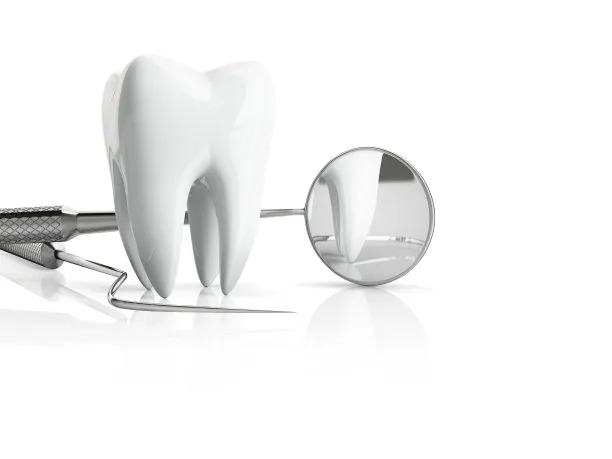Essential Guidelines to Follow Before Getting a Dental Filling for Optimal Oral Health and Recovery
Summary: Dental fillings are essential for restoring damaged teeth, ensuring optimal oral health and preventing future issues. This article outlines essential guidelines to follow prior to getting a dental filling, emphasizing four primary aspects: selecting the right dentist, understanding the filling materials, preparing for the procedure, and post-filling care. Each aspect is thoroughly discussed to equip you with knowledge that can enhance recovery and maintain long-term dental health. By following these guidelines, patients can ensure a smooth experience, leading to better oral outcomes and improved well-being.
1. Choosing the Right Dentist for You

Selecting an experienced and qualified dentist is crucial before getting a dental filling. Researching potential dentists can involve reading reviews, checking credentials, and asking for recommendations from friends or family. A well-reviewed dentist often indicates a history of satisfied patients, which can provide you with confidence in their capabilities.
Additionally, consider the dentists specializations. Some dentists focus more on restorative dentistry, which includes fillings. You may want to choose a professional who is well-versed in the specific processes and technologies related to dental fillings for a tailored experience.
Finally, scheduling a preliminary consultation can help you understand the dentist’s approach and philosophy regarding treatment. This meeting offers an opportunity to ask questions, clarify concerns, and ensure it feels like a good fit for your needs.
2. Understanding the Different Filling Materials
Before getting a dental filling, its essential to comprehend the various materials available for fillings. Common types include composite resins, amalgams, gold, and porcelain. Each material carries its unique advantages and disadvantages which can influence your decision.
Composite resins are a popular choice for their aesthetic appeal, as they can be color-matched to your natural teeth. However, they may not be as durable as other options. In contrast, amalgams are well-known for their strength and durability, but their metallic appearance can be less desirable for visible areas.
Discussing material options with your dentist can provide insights into which type fits your dental health, budget, and aesthetic preferences. Being informed allows for a decision that aligns with your lifestyle and expectations, ensuring you are comfortable with your choice.
3. Preparing for Your Dental Filling Appointment
Preparation is key to ensuring an effective dental filling experience. Start by following pre-appointment instructions given by your dentist, which may include dietary restrictions or medications to avoid. These preparatory steps can minimize potential complications during the procedure.
Another important aspect of preparation involves staying relaxed and managing anxiety. Many individuals feel nervous about dental procedures, so consider practicing relaxation techniques or engaging in calming activities the day before your appointment.
It can also be beneficial to bring along any necessary information, such as a list of medications you are currently taking, allergies, and previous dental history. This information helps the dentist tailor the approach specifically for your health needs, promoting a smoother procedure.
4. Post-Filling Care and Recovery Tips
Proper post-filling care is vital for facilitating recovery and maintaining oral health. Immediately after the procedure, be mindful of numbness and refrain from eating until the anesthesia has completely worn off. This precaution prevents accidental bites on your cheeks or tongue.
Furthermore, it’s essential to maintain good oral hygiene while being gentle around the treated area. Use a soft-bristled toothbrush and avoid extremely hot or cold foods for the first few days, which can help alleviate discomfort.
Regular follow-ups with your dentist are also important. They can monitor the fillings integrity and longevity, ensuring it performs adequately and that your overall dental health remains intact. Addressing any concerns promptly can help prevent more extensive dental issues in the future.
Summary: Understanding the essential guidelines before getting a dental filling is critical for ensuring optimal oral health and recovery. By carefully choosing the right dentist, understanding the materials available, properly preparing for the appointment, and executing adequate post-filling care, you can enhance your dental experience and contribute to long-term health outcomes.
This article is compiled by Vickong Dental and the content is for reference only.


